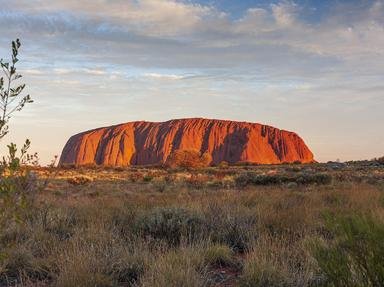Quiz Answer Key and Fun Facts
1. The vehicle depicted here is an (Australian) utility, or in the local parlance a "ute" but what's that steel bar contraption in front of the radiator grill?
2. What are you likely to purchase at an Australian milk bar?
3. Pictured is an Australian dog breed. What is the name of breed and for what reason was it bred?
4. The depicted footwear is ubiquitous in Australia where they have a name which may be confused with a more delicate item of clothing elsewhere. What is the name of this type of footwear in Australia?
5. What do you call a four centimetre cube of sponge cake, dipped in liquid chocolate and rolled in desiccated coconut?
6. What sort of Australian animal is the photo advising you to take care in avoiding?
7. Cars have been a source of national pride for Australians with some makes and models becoming truly iconic. What is the name and model of the car depicted?
8. Hard Yakka is a popular brand of clothing in Australia, specialising in industrial wear and tradesmen's clothing. "Yakka" is an aboriginal word . What does it mean?
9. The Akubra brand of hat is iconically Australian. Which Australian personality started wearing one in the 1980s, and the brand took off, overseas as well as Australia?
10. Australians are sporting mad especially when it comes to football (known locally as footy). Four major codes are played but Australian Rules Football is truly an Australian icon. What sort of surface is this sport played on?
Source: Author
1nn1
This quiz was reviewed by FunTrivia editor
agony before going online.
Any errors found in FunTrivia content are routinely corrected through our feedback system.
